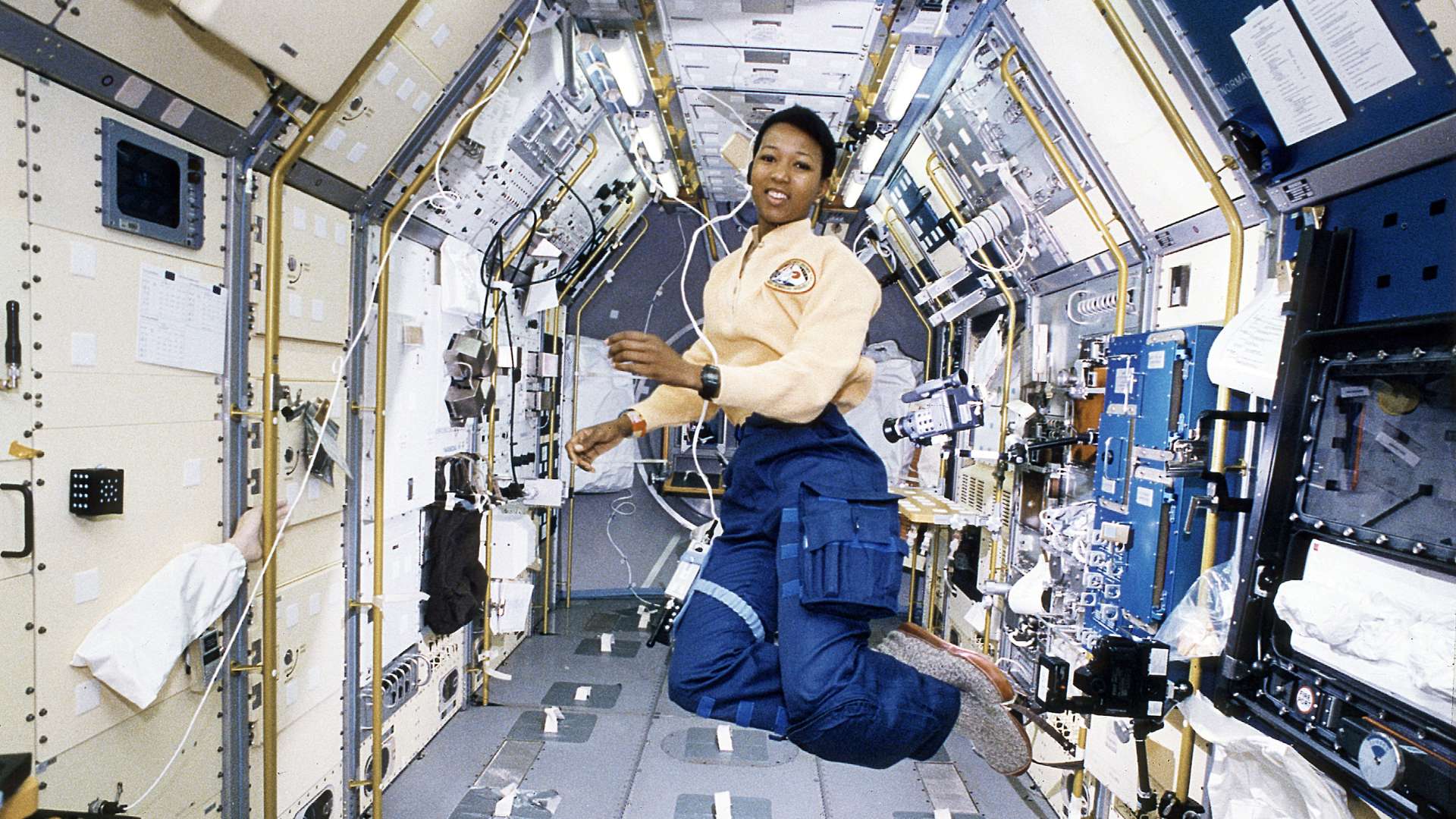Space Interior Design
Space interior design is a specialized branch of design that focuses on the creation of habitable spaces within spacecraft and extraterrestrial habitats. Unlike conventional interior design, it’s not just about style and ambiance. Instead, it integrates crucial factors such as limited living space, zero gravity, radiation protection, and life-support systems.
Key Principles and Concepts
When it comes to the key principles and concepts of space interior design, a comprehensive understanding is drawn from a balance between form and function.
- Optimizing Limited Space: Space interiors should maximize the functionality of each square foot, considering the constraints of spacecraft and habitats. For instance, sleeping units could also serve as personal spaces for relaxation and work.
- Adapting to Zero Gravity: Designers must account for a weightless environment. Furniture arrangements, equipment mountings, even basic activities of daily living such as eating and sleeping, demand innovative solutions.
- Mitigating Isolation Stress: Creating a pleasant, sensory-rich environment becomes essential.
- Ease of Maintenance: In space, regular cleaning and maintenance are critical. Therefore, designing for easy upkeep is a priority.
- Safety and Well-being: Ensuring the safety and health of the inhabitants in extremes of space is paramount. Incorporating features like high-quality air filtration and proper radiation shielding contribute to the inhabitants’ well-being.
Design Techniques for Space Habitats
Space interior design presents a fascinating blend of challenges and opportunities. Creatively addressing these demands honing certain design techniques.
Maximizing Limited Space
One crucial aspect of space habitat design centers on the optimization of restricted space. Strategic planning lies at the heart of using space effectively. Architects often utilize multi-functional furniture, such as a bed that can transform into a working desk, to maximize space. Storage plays a vital role too. Designers incorporate smart storage solutions, like under-floor storage and wall-mounted cabinets, ensuring every inch contributes to enhancing the habitability of the environment.
Efficient use of lighting directly impacts the perception of space. Clever lighting techniques, like indirect lighting or spot lighting, often help in creating illusions of a more expansive area.
Ensuring Safety and Ergonomics
Safety stands as a paramount consideration in space habitat design. Reinforcing the interior environment with radiation-protected materials protects astronauts from harmful cosmic rays. Also, it’s crucial to integrate fail-safe devices, such as automated fire suppression systems and easy-to-access emergency kits, into design plans.
Ergonomics, too, plays a crucial role. Due to the absence of gravity, ergonomics in space differs significantly from traditional applications. For instance, seating must accommodate floating instead of sitting. Therefore, designing for zero gravity conditions requires innovative and highly adaptable ergonomic solutions.
Also, maintaining the physical and mental wellbeing of astronauts is essential. Hence, integrating training equipment into the habitat design, or allocating spaces for relaxation and recreational activities serves to aid in stress relief and upkeep of mental health.
Trends in Space Interior Design
In the rapidly evolving field of designing interiors for habitats in space, trends offer a snapshot of the cutting-edge ideas and technologies at play. The task involves a combination of creative vision and robust science, paired with a hefty measure of innovation. Several trends have begun to emerge, from materials used in construction to aesthetic preferences for spacecraft interiors.
Materials and Technologies
In their quest for constructing safe, durable, and efficient interiors, designers have innovated various materials and technologies. Polymers, for instance, deliver resilient and light-weight solutions. They’re even used in 3D printing technologies to create custom-fit items, such as sleeping quarters or equipment storage.
Aesthetic Trends
Aesthetically, a trend gaining notice is the incorporation of neutral and calming colors. These shades, often inspired by Earth-based landscapes, help provide a serene surrounding, creating an harmonious atmosphere that could offset the psychological pressure of living in space.
Space interior design’s not just about aesthetics; it’s a precise blend of science and art. It’s about creating a safe, functional, and comfortable environment in the most challenging of circumstances. It’s about making the most of limited space, using light efficiently, and ensuring safety in a zero-gravity environment.
